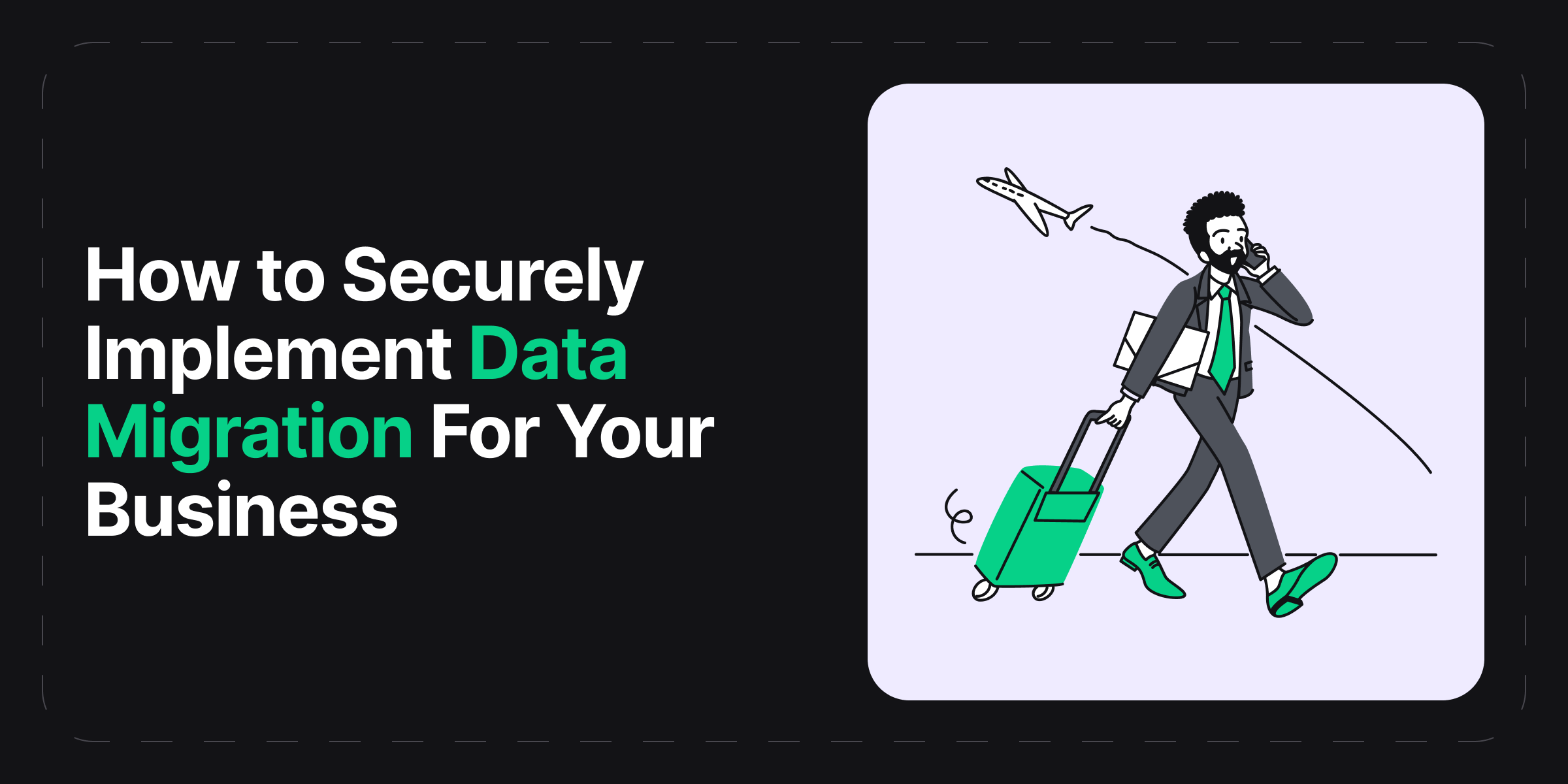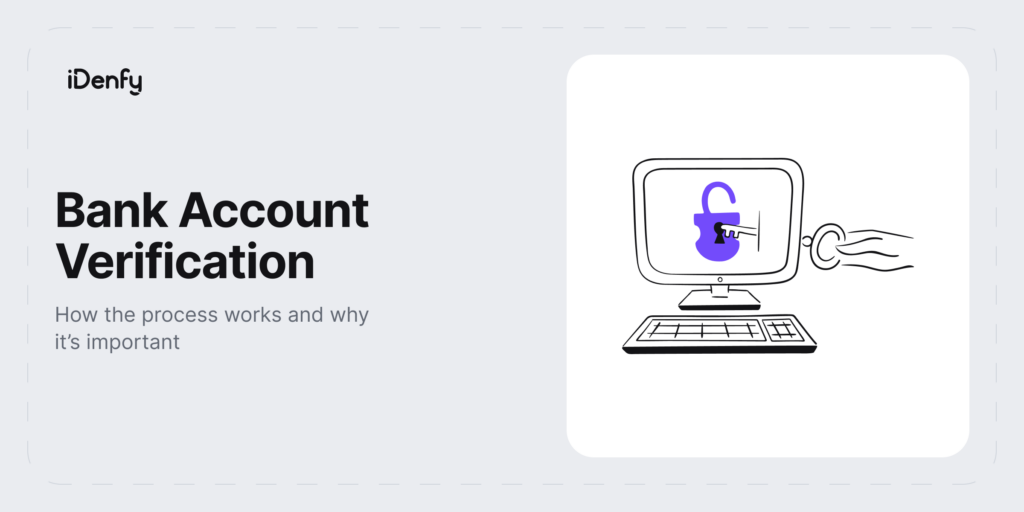For businesses with reams of data, migrating it to a new location can be a mammoth task with serious security concerns. But there are huge benefits when you move from on-site to cloud storage, or centralize your data in a modern system such as an ERP.
The question is, how do you migrate your data while maintaining security and compliance? In this post, we’ll show you how to securely implement data migration for your business and explore some best practices for success.
Understanding data migration
Data migration is the process of transferring data from one location or environment to another. This involves extracting, transforming, and loading the data (the ETL process) and validating it in the new location, maintaining accuracy and security at all times.
So, why might your business undertake data migration? You may want to move data to a new storage location, or from a legacy system to a platform with better functionality. Data migration would be a key part of an ERP implementation, in which you centralize your business data for improved visibility.
These are the main types of data migration:
- Storage migration: transferring data between storage locations
- Database migration: moving data between database engines or upgrading an existing database
- Cloud data migration: transferring all data to the cloud, or from one cloud platform to another
- Application migration: moving software programs between operating environments
- Data center migration: taking data from a data center to a new operating environment
- Business process migration: moving business apps, metrics, and data relating to processes into a new environment, for example during a company merger.
There are two common approaches to data migration: the “big bang” method and the “trickle” method.
The big bang approach sees you migrate all your data at once, which saves time but carries the risk of critical failure. All your systems will be down during the process, so it’s only possible to perform it during non-working hours. It’s most suited to smaller businesses with small amounts of data.
With trickle migration, you break the process down into separate phases and move smaller amounts of data with each iteration. You can continue to run the business without downtime, and there’s less risk of a big crash. The drawback is that the whole migration takes a lot longer.
How to securely implement data migration
One reason for data migration is to move your information to a more secure environment. But you also have to pay attention to security during the migration itself, by recognizing any potential vulnerabilities and putting a security strategy in place. Here’s how.
Assess your needs and plan your data migration strategy
The first step in any project is to come up with a robust plan. Start by setting clear migration goals, identifying how the project will improve your operations, and defining its scope. Choose whether you’ll use the Big Bang or trickle approach, and set a target timeline for the migration.
Now you need to evaluate your current data landscape, making a list of all the locations and systems where you store and manage data. Assess the different datasets and prioritize them according to importance. Then you’ll be able to assign the highest level of security to your most critical data.
Migration planning also involves choosing the right tools for the task. Make sure your chosen tool offers encryption and decryption capabilities, data masking and anonymization, and secure data transfer protocols such as SSL/TLS, SSH, or VPN.
TOP TIP: Check that your existing data is ready for migration. For example, is the format compatible with the new environment? You may have to carry out some data transformation and cleaning before you get started.
Ensure data security before migration
The number of reported data compromises in the US increased by 78% in 2023 compared to the previous year, which highlights the importance of security. Take time to evaluate the potential risks of data migration—especially for highly sensitive data.
Look at your data retention policies to make certain that you’re only migrating relevant and necessary data to the new system. This will help you to streamline the amount of data for migration, which guards against data loss.
Put robust security measures in place, including dedicated policies for access controls and user authentication. Use encryption algorithms and protocols to protect your data during transit and at rest. That way, even if the data is intercepted by unauthorized users, they won’t actually be able to understand it.
It’s incredibly important that you make a backup of your data so that you can restore it in the event of a migration failure such as data corruption or a system crash. It’s best to have several backups in different places, including a backup of your legacy system so that you can still access it if the new one goes down.
Implement and monitor your migration process
There’s one more thing to do before the migration begins: run a test to check that the data transfer is going to work as you planned it. You can either use a mirror of the new environment, or transfer a copy of a data set (or dummy data) to the target system and verify that it arrives intact.
Now you can execute the migration according to the steps outlined in your plan. If you’re using the trickle method, you will be able to monitor progress and fix any issues as you go. Plus, you can measure the early effects of migration on your business operations—for instance, increased productivity because the right data is easier to find.
If you’ve chosen a migration tool with data logging and auditing functions, you’ll be able to keep a full record of the project—which will help you plan future migrations.
Verify data integrity post-migration
Once the data migration is complete, it’s crucial that you verify the data’s integrity. This means comparing the data before and after the migration, and looking out for quality issues such as data gaps, duplications, or errors.
If you do spot a problem, it’s helpful to map your data to its destination to see where it came from and when—then you can look at the original data set and see how this happened. Make sure you address any issues immediately, before anyone starts using the data in the new system. You can restore an earlier version from your backup if needed.
Best secure data migration practices for your business
Let’s take a look at some more tips for a secure and effective data migration.
Ensure compliance with legal and regulatory requirements
From customer records to your own financial data, high security is necessary to protect your business—and to comply with legal requirements. Data protection laws are becoming more stringent, and your business could be hit with heavy penalties for non-compliance.
For example, there are laws around how long you’re allowed to retain certain data and the permissions you have for storing it. When you’re planning a migration, check that there are legitimate reasons for keeping each set of data, and that you have consent from the people who provided it.
Highly-regulated industries have specific requirements, such as HIPAA for healthcare and PCI DSS for financial services. You may need specialized security protocols for this data, while regulators may want proof that you’ve taken all reasonable steps to protect it (another reason why auditing your migration is important).
Regularly update your security protocols
We’ve discussed the importance of protecting data security before embarking on a migration, but it’s equally important to keep those protocols up to date so that your data remains protected in the new system—and for ongoing and future data transfers.
You should have tested the security permissions of the target system already, but ongoing data protection measures include regular monitoring and security audits. The good news is that your new data environment should make it easier to keep your protocols updated (improved security being one of the reasons for moving the data).
For example, in an ERP implementation you’ll be migrating your data to a centralized database, in a platform with project management functions to help you update and follow protocols correctly. (Click the link to find out what is an ERP system.)
Train staff on security best practices and awareness
Your data storage and management systems should do a great job of protecting your business-critical data, but what about the people who use them? It’s vital that everyone involved in data handling receives comprehensive security training.
Make sure all users understand how the new system works, how to access and use the migrated data, and how to remain compliant. They should be aware of the mistakes and actions that could lead to data breach or loss—and why data security is so important to the business.
It’s also wise to create a governance model for your data, outlining clear permissions for teams and individuals. Encourage staff to look out for potential vulnerabilities and report them immediately.
Effectively utilize compliance software
Instead of constantly changing your compliance processes internally and training employees internally, it is more practical to let the teams utilize the compliance software. There are usually three types of compliance procedures common across multiple businesses: Know Your Customer, AML screening, and Know Your Business practices.
Each of the processes uses automated software to either collect documents or screen individuals across multiple sanctions lists. For business verification, the software allows for the cross-checking of company information across governmental databases or credit bureaus.
Final thoughts
Data migration comes with plenty of potential risks, but you can mitigate them with the right strategy. Create a plan for executing the migration securely, and assess your data to identify and prioritize the most sensitive information.
Make several backups of your data, and verify its integrity once the migration is complete. You’ll need to monitor and evaluate the effectiveness of your strategy, and update your security protocols regularly. Staff training is also essential to maintain robust security and regulatory compliance.
Don’t hesitate to reach out to iDenfy to discuss the right practices for your particular use case.




